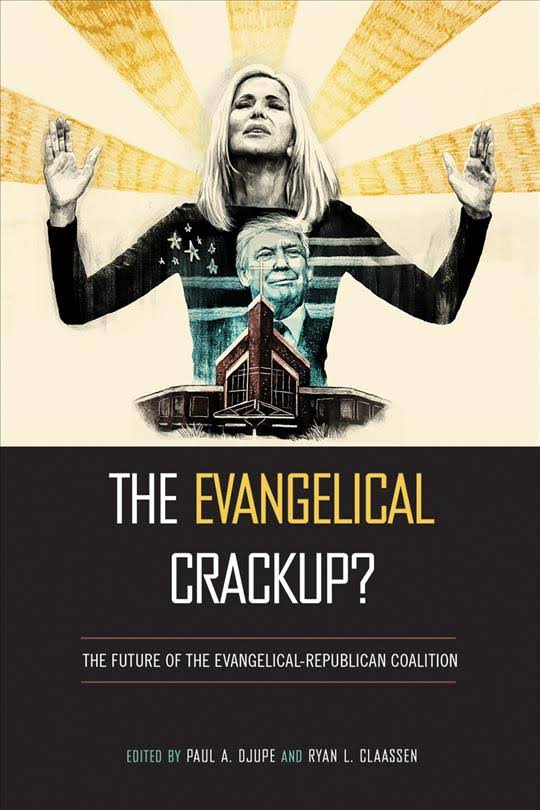
A thorough overview of the state of Neopaganism in an age of nationalist populism is featured in the current issue of the pagan studies journal Pomegranate (20:1), particularly in the lead article by Michael Strmiska. The rise of far-right and nationalist parties and leaders throughout Europe, Russia, and the U.S. has led many observers to include Neopagans in the drive to recover national—and in some cases, ethnic—identity and to support restrictions against immigration.But Strmiska notes that the situation is more complicated than that. While there are Neopagan groups that share the nationalist tendencies of these parties and leaders, Neopaganism emerged in de-Christianized, pluralistic and secularized societies, and even if Neopagans share similar ideas about recovering national and ethnic identity, they oppose the associated attempt to revive Christian roots, as has characterized the nationalist projects in Hungary, Russia, and Poland. Strmiska reports that already some Neopagan groups in Putin’s Russia are feeling similar pressure and restrictions to other religious minorities and are chafing under the elevated role of the Russian Orthodox Church (even as there are pro-Putin pagans). Strmiska concludes by focusing on the American Neopagans, noting how they are engaged in their own conflicts under the Trump presidency, including a concerted effort to refute the use of pagan imagery by Norse Pagans and other far-right groups for racist purposes (such as in the Charlottesville protests and violence). For more information on this issue, visit: https://journals.equinoxpub.com/index.php/POM
Other chapters look at the alleged gaps between younger and older evangelicals and Hispanic and non-Hispanic evangelicals and find that they share more similarities than differences (although in the case of the former, as these young evangelicals age, their political orientations may veer left). Still other chapters suggest hidden dynamics of racial resentment among Southern evangelicals, even as culture-war issues remain powerful. Veteran religious-right scholar John C. Green concludes by noting that the 2016 election doesn’t bear out either of the usual plotlines of evangelical political growth or decline, “but instead consolidation of evangelicals as a major constituency of the Republican Party…This partisan consolidation has changed the politics of both evangelicals and Republicans. During the 2016 campaign, these shifts were largely underappreciated by observers both inside and outside the evangelical community.” He concludes that evangelicals have become more pragmatic and cooperative, just what critics have always urged them to be – and “nowhere is such pragmatism more evident than in their view of politicians: Evangelicals recognize it is crucial to support the most viable Republican candidate at the ballot box, especially when the options are poor.”
But Speake’s book does not end there. The last chapter is titled “Athos and the West.” After mentioning some Western visitors who went to Mount Athos with various purposes, Speake comes to the turn initiated by the Athonite renewal in the 20th century. Charismatic elders started attracting new recruits, often university graduates looking for a meaningful existence, and among them were Western Orthodox converts and seekers. “The global village had come to Athos, not just in the shape of pilgrims, but as novices and monks.” And there were also monks trained on Mount Athos who brought Athonite spirituality to the West. One of them was a member of the Russian diaspora who had to flee Russia after the Bolshevik Revolution, Archimandrite Sophrony (1896–1993), who spent more than 20 years on the Holy Mountain, returned to Western Europe in 1947, and finally founded a well-known Orthodox monastery in England in 1959.
In America, Father Ephraim (b. 1927) started spending more and more time at Mount Athos from the 1980s and finally settled there, founding 17 monasteries between 1993 and 2005. In France, Father Placide (1926–2018), originally a French Catholic monk and scholar of Patristics, converted to Orthodoxy in 1997 on Mount Athos and subsequently was instructed to return to France, where he and his associates founded three monasteries in the Athonite spirit. Thus “the Athonite Commonwealth has become a global phenomenon,” Speake concludes, wondering if this new internationalization might lead the Greek monks to become a minority on Mount Athos, as they had been in the early 20th century. While there has definitely been a trend towards a greater share of Slavic people on the Holy Mountain, it remains to be seen how far the current tensions between Constantinople and Moscow might impact this trend, since Mount Athos is a territory under the spiritual authority of Constantinople.